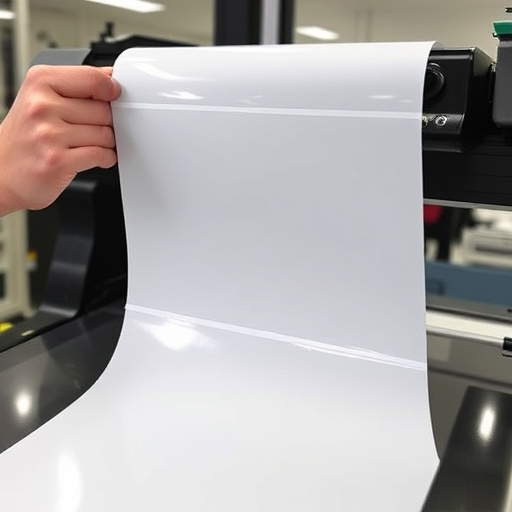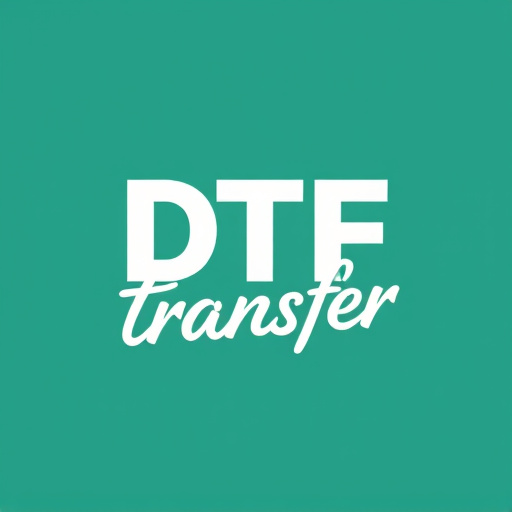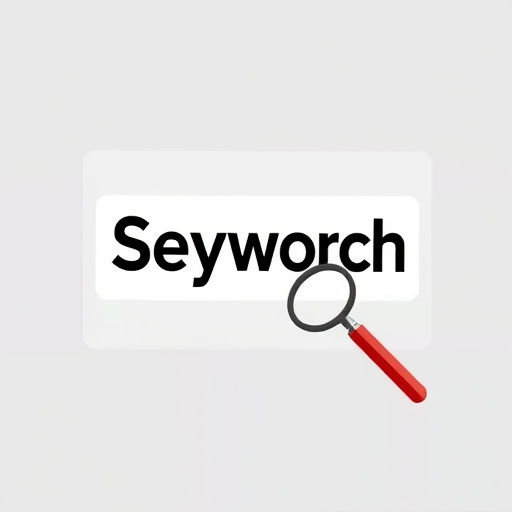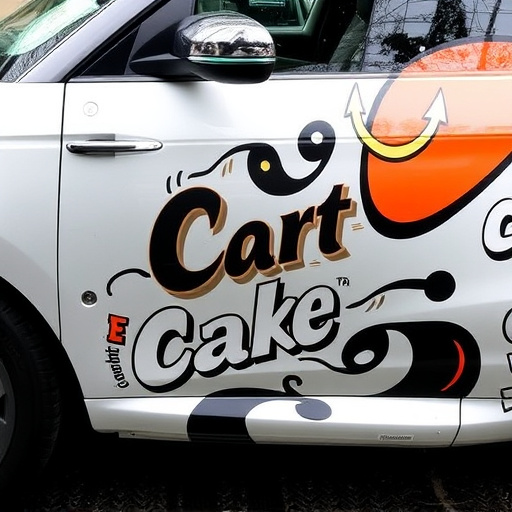Modern consumers expect flexible and convenient vehicle customization services. Brands that offer various flexible payment options like installment plans or partnerships with payment providers will attract and retain customers. Integrating these options boosts customer trust, loyalty, and satisfaction through convenience, security features, and data-driven improvements based on feedback. Measuring success using metrics like purchase frequency and net promoter scores ensures effective flexible payment strategies.
In today’s dynamic market, offering flexible flexible payment options is a powerful tool to captivate and retain customers. This article explores how businesses can align their payment strategies with evolving consumer preferences, fostering brand trust and loyalty. We delve into understanding customer demands for flexible transactions, integrating diverse payment methods seamlessly, and measuring the impact through enhanced satisfaction and retention rates. Discover key insights on leveraging flexible payment options to drive business success.
- Understanding Consumer Preferences for Flexible Payments
- Integrating Payment Options to Build Brand Trust
- Measuring Success: Tracking Customer Satisfaction and Retention
Understanding Consumer Preferences for Flexible Payments

In today’s digital age, consumers are increasingly demanding flexibility and convenience when it comes to making purchases, including their choices for vehicle customization services such as ceramic window tinting, vinyl wraps, and professional PPF (Paint Protection Film) installation. This shift in consumer preference towards flexible payment options is a significant trend that brands cannot afford to ignore. By offering tailored and diverse payment solutions, businesses can enhance customer satisfaction and build brand trust.
Understanding these preferences is crucial. Many modern consumers appreciate the convenience of split payments, allowing them to manage costs over time. Others may prefer instant gratification with upfront payments but also value the security of financing options for larger services like ceramic window tinting or vinyl wraps. Brands that adapt by providing a range of flexible payment methods, such as installment plans, promotional financing, or partnerships with payment service providers, are more likely to attract and retain customers. This approach not only aligns with consumer expectations but also positions brands as forward-thinking and customer-centric.
Integrating Payment Options to Build Brand Trust

Integrating flexible payment options into your brand’s strategy is a powerful way to build trust and foster long-term customer relationships. In today’s competitive market, consumers expect convenience and adaptability when making purchases. Offering various flexible payment methods demonstrates your brand’s understanding of these modern consumer demands. It allows customers to choose the option that best suits their financial needs, whether it’s through credit cards, digital wallets, or installment plans. This inclusivity builds trust as customers feel empowered and valued.
By providing multiple payment avenues, you’re also showcasing a commitment to customer protection. Features like scratch protection, protective coatings, and UV protection—while not directly related to payment methods—indicate a brand that cares about the long-term value and integrity of its products. This holistic approach reassures customers that their investment is secure, encouraging them to place their trust in your brand for future transactions.
Measuring Success: Tracking Customer Satisfaction and Retention

Measuring success when implementing flexible payment options is crucial to understanding customer satisfaction and retention. By tracking key metrics such as purchase frequency, repeat business, and net promoter scores, businesses can gauge how well their flexible payment plans are resonating with clients. For instance, an increase in return customers for automotive detailing or vehicle enhancement services could indicate that the payment options are making these high-quality finishes more accessible and appealing to a wider audience.
Customer feedback is also vital in this process. Regularly soliciting input from buyers allows brands to identify areas of improvement and make data-driven decisions. This iterative approach ensures that flexible payment options not only align with brand trust but also contribute to customer loyalty, ultimately fostering a positive relationship that extends beyond any single transaction.
Flexible payment options have become an essential tool for brands to cater to modern consumer preferences. By integrating various flexible payment solutions, businesses can enhance customer satisfaction, build trust, and foster long-term brand loyalty. Measuring success through customer satisfaction metrics and retention rates ensures that these strategies align with overall business goals. Embracing flexible payment options is a strategic move that not only adapts to evolving market trends but also solidifies brand trust in today’s competitive landscape.














